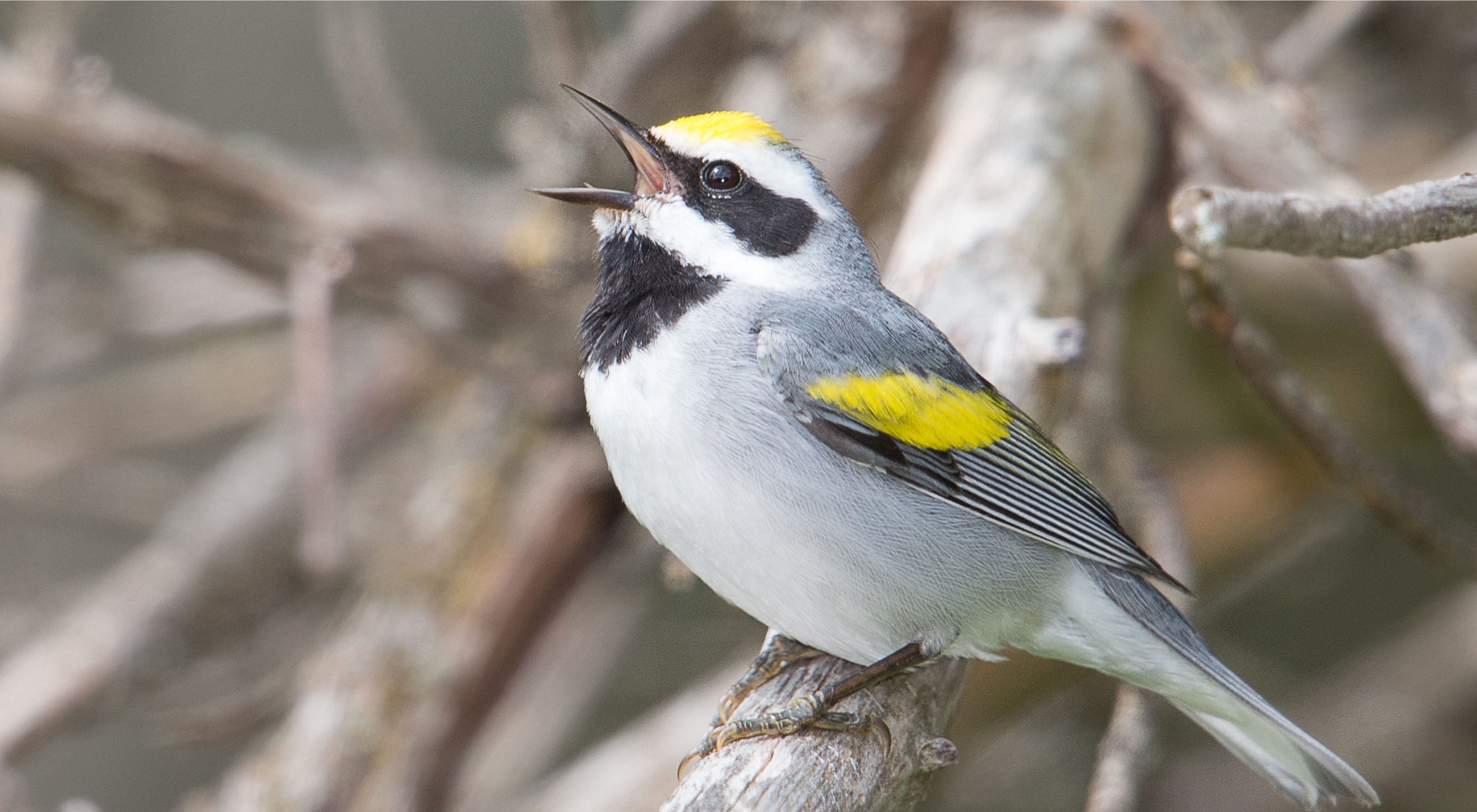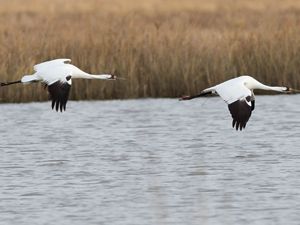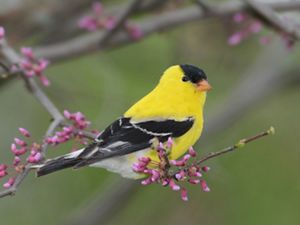Great Lakes Great Birds
Millions of migratory birds are using Nature Conservancy sites to rest and refuel as they cross Great Lakes states toward summer breeding grounds.

Matt Williams puts down his binoculars and listens intently. He just heard what he thought was the call of the elusive golden-winged warbler. The call comes again—a buzzy, two-parted song. First a long note on a high pitch followed by four shorter, lower notes.
Matt has been hiking the Cowles Bog Trail in the Indiana Dunes National Park, hoping to see (and hear) as many bird species as possible. With its varying habitats and miles of Lake Michigan shoreline, this area is a hotspot for migrant birds.
After another call or two, the beautiful warbler comes into view. Williams swaps his binoculars for his camera and takes aim. He hopes his pictures match the magnificence of the bird.
Matt is The Nature Conservancy’s director of conservation programs for Indiana and an avid birder. He is the author of the photographic book, “Endangered and Disappearing Birds of the Midwest."
Quote
Birdwatchers spend an estimated $41 billion a year on binoculars, cameras, travel and other hobby-related expenses.
Birdwatching is Big Business
Matt is not alone in his quest to observe birds. Far from it. If you took all the attendance from every NFL game and added the total attendance from every NBA game in 2022, that total still wouldn’t match the number of birdwatchers in the United States. (Attendance is 40.4 million, and birders number 45 million!)
Each year, more than 45 million Americans take part in birdwatching, spending approximately $41 billion on related trips and equipment, and this contributes significantly to local communities.
For example, the Biggest Week in American Birding, the annual one-week birding festival in northwest Ohio, draws upwards of 90,000 people. The Nature Conservancy is part of many great birding events in the Midwest every year.
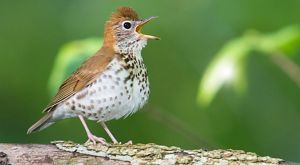
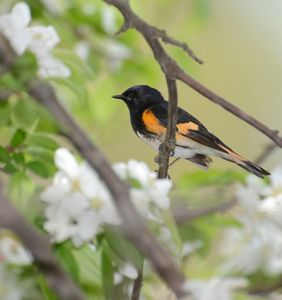
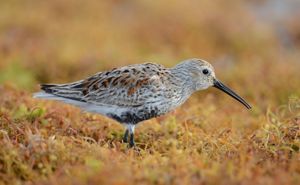


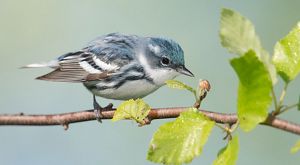
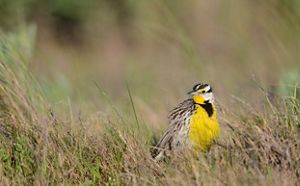
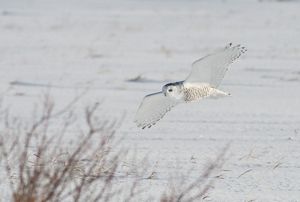
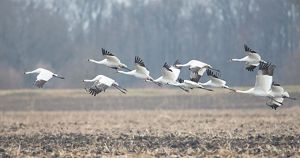
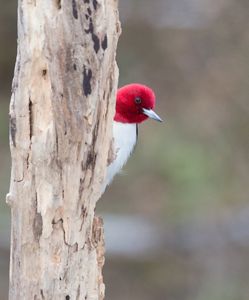

Wood Thrush: These forest birds are rarely seen but their echoing call is often heard in forests during summer in North America. © Matt Williams

American redstart: These birds hop from limb to limb looking for insects. © Matt Williams

Dunlin: One of many shorebirds seen to migrate in the region. © Matt Williams

Sanderlings: These sanderlings were spotted over Lake Michigan. © Matt Williams

Evening grosbeak: This brilliant bird is fond of bird feeders. © Matt Williams

Cerulean Warbler: These wood warblers can usually be found in the high canopy of mature forests. © Matt Williams

Eastern meadowlark: This is just one of the many grassland bird species whose populations are declining rapidly. © Matt Williams

Snowy owl: A snowy owl in flight. © Matt Williams

Whooping cranes: Reigns as the tallest bird (5ft) in North America. © Matt Williams

Red-headed woodpecker: These woodpeckers can catch insects in mid-air. © Matt Williams
The Nature Conservancy is for the Birds
But birds are so much more than just checkmarks on a birder’s life list. They provide benefits to all of us. They not only pollinate many species of plants and flowers, but they keep insect populations in check. Birds have been estimated to consume 98% of certain insect pests, including codling moths, which are a major agricultural pest.
Across all Great Lakes states and beyond, TNC has been protecting and improving bird habitats for decades. Take a minute to check out some of the amazing places where we work on the interactive map. Unite with The Nature Conservancy for the birds!
Explore TNC Preserves to See Migratory Birds
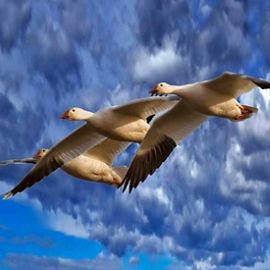
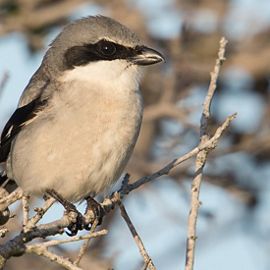
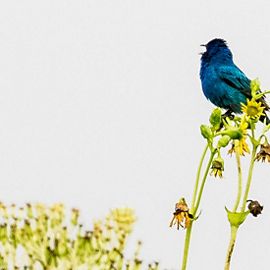
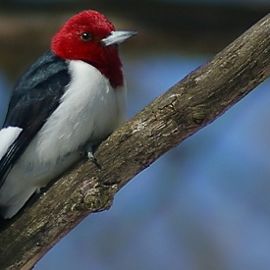
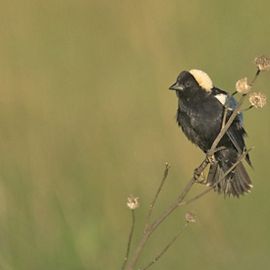
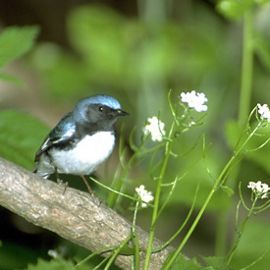

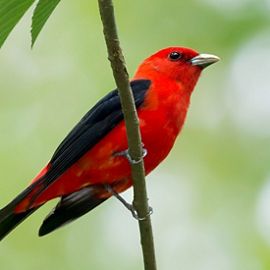
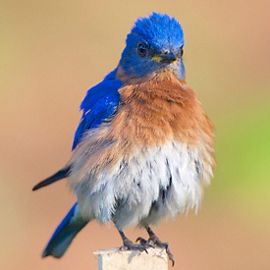
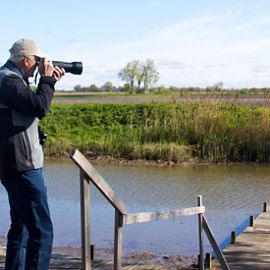
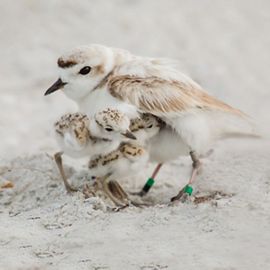
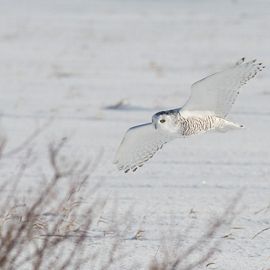
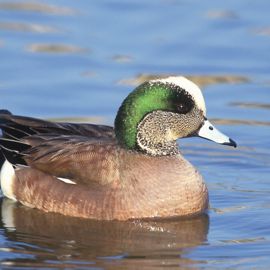
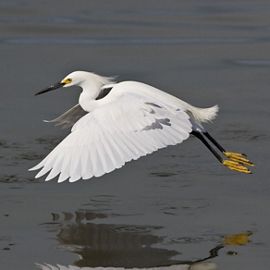
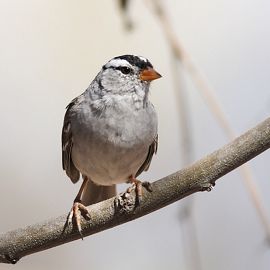
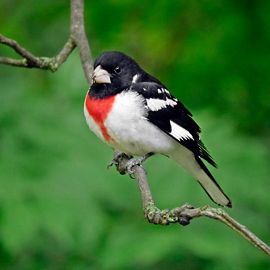
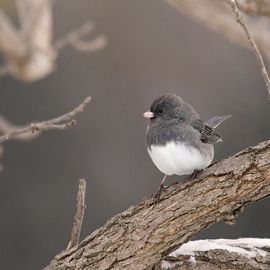
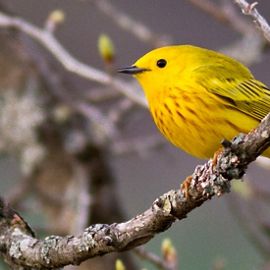
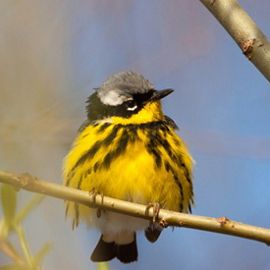
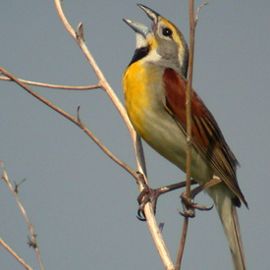
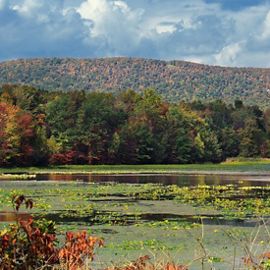
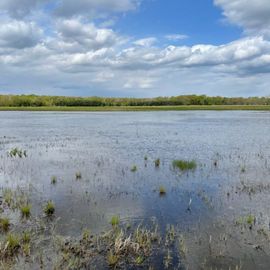
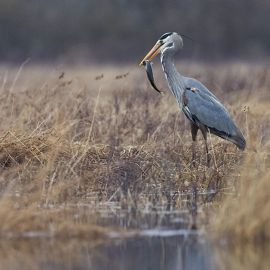
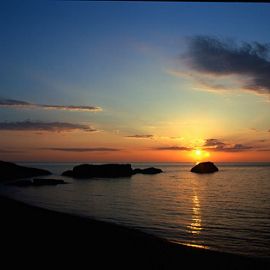
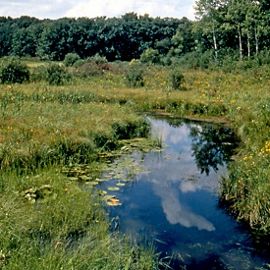
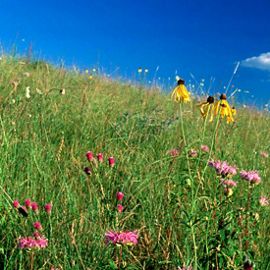
TNC Preserves with Migratory BIrd Viewing TNC protects habitat that is crucial for migratory birds throughout the Great Lakes region. Click on a green marker to learn more about the preserve.

Stay connected for the latest news from nature.
Get global conservation stories, news and local opportunities near you.
